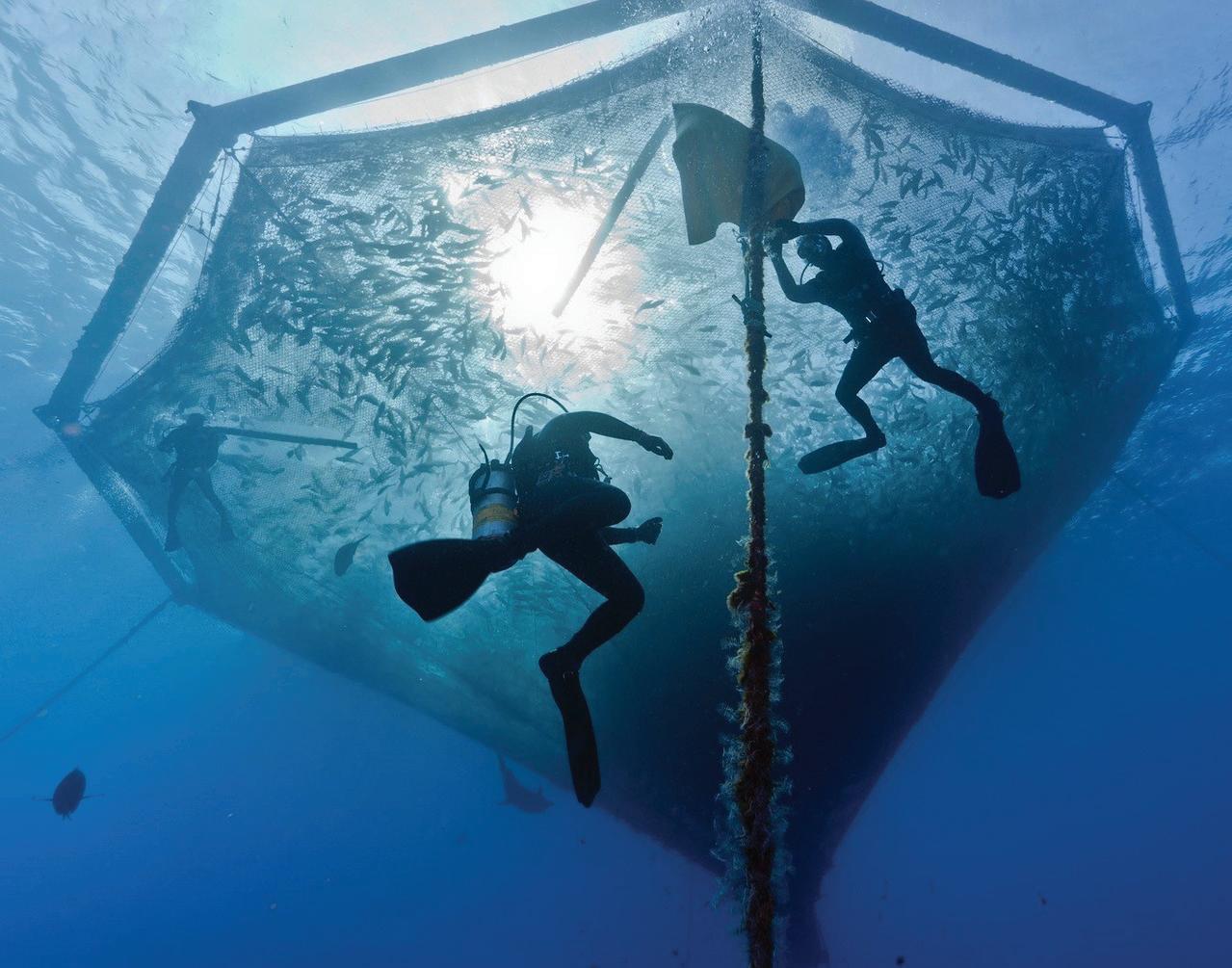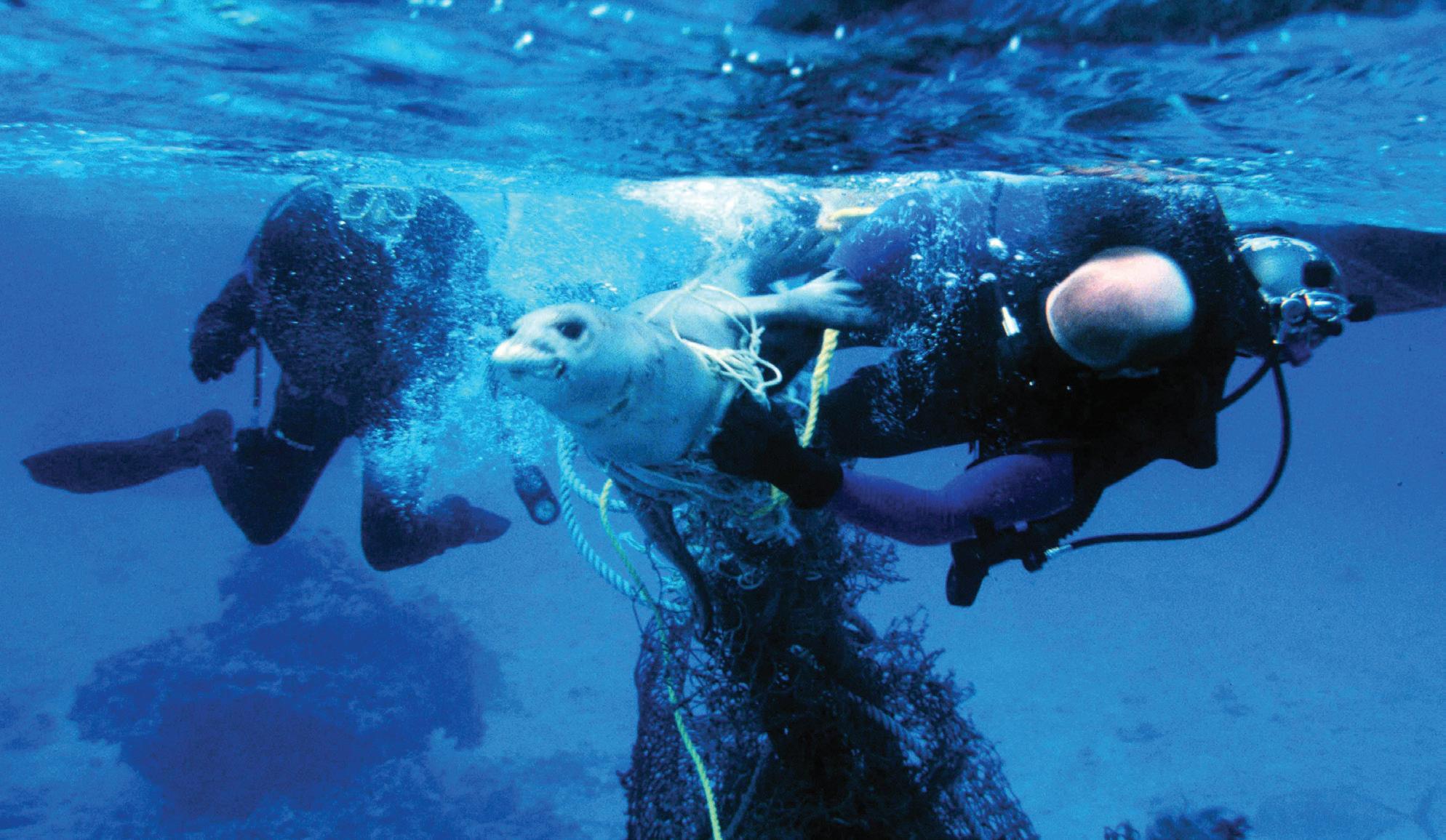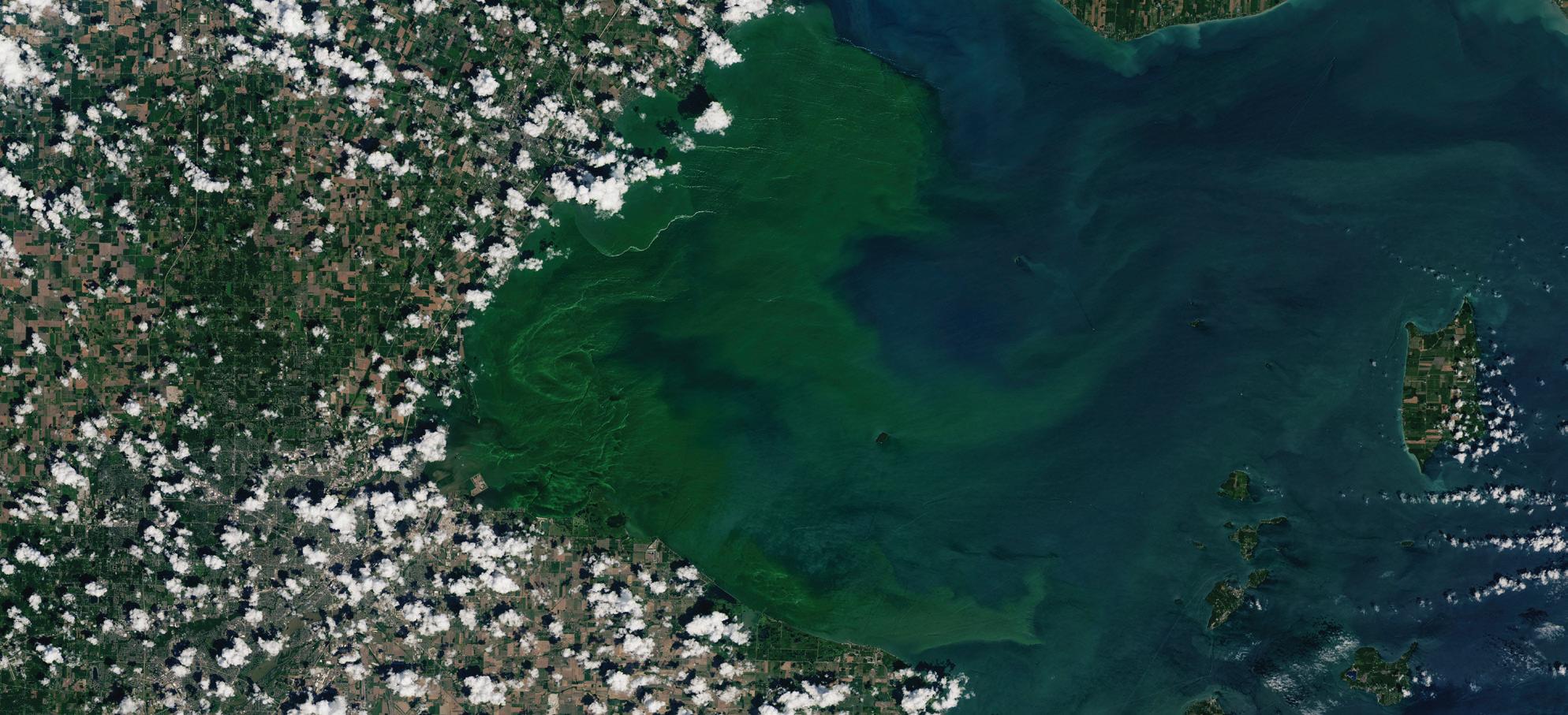NOAA FUTURE
Enriching Life Through Science
New tools and strategies to maximize the quantity, quality, and value of NOAA science By Craig Collins
I
n late 2019, NOAA began to finalize the agency’s vision for a new set of strategies that would maximize the value of NOAA science through six interdependent elements: uncrewed systems; ‘omics; cloud computing; artificial intelligence; data management, and citizen science. The strategies were developed by teams of experts within NOAA who understand the most important point about all of them: one big strategy for unlocking the potential of these outcomes to maximize the value of NOAA science and dramatically expand the agency’s application of emerging science and technology focus areas to guide transformative advancements in the quality and timeliness of NOAA science, products and services. “These strategies will accelerate the implementation of the most effective science and technology applications to advance NOAA’s mission to protect life and property and grow the American
2015
Blue Economy,” said retired Navy Rear Adm. Tim Gallaudet, Ph.D., assistant secretary of commerce for oceans and atmosphere and deputy NOAA administrator. NOAA’s vocation is to enrich life through science. Two parts of its overall mission – sharing knowledge of the changing planet with others (service) and conserving and managing coastal and marine resources (stewardship) – are anchored by the third, science: its ability to understand and predict changes in climate, weather, oceans and coastlines. Everything NOAA produces – weather forecasts and advisories; climate information; harmful algal bloom (HAB) forecasts; nautical charts; fishing regulations; coastal management decision tools; endangered species recovery plans and more – depends on science. And the science behind every one of these applications depends on data. NOAA has one of the world’s most advanced and comprehensive
systems for collecting environmental data, gathering samples from the ocean floor and from the sun: buoys, gauges, radar stations, geographic reference stations, satellites, air- or ocean-borne sensor arrays, and other sensing platforms use cutting-edge technologies to reveal conditions in, on and beyond the planet. Just a few years ago, NOAA estimated that these sensing capabilities enabled it to collect about 20 terabytes of data – the amount found in the texts of the library of Congress – every day. Today its daily haul is up to five times that amount.
More Data Means More Computing Power and More AI The recent spike in the quantity and variety of NOAA’s observational data has the potential to overburden the systems tasked with incorporating all of this new information. Much of this data is fed into NOAA’s massive
NOAA begins a major upgrade of its large-scale operational supercomputers that will create more realistic conditions in NOAA models and enable more accurate weather forecasts and enhanced public safety.
162









































